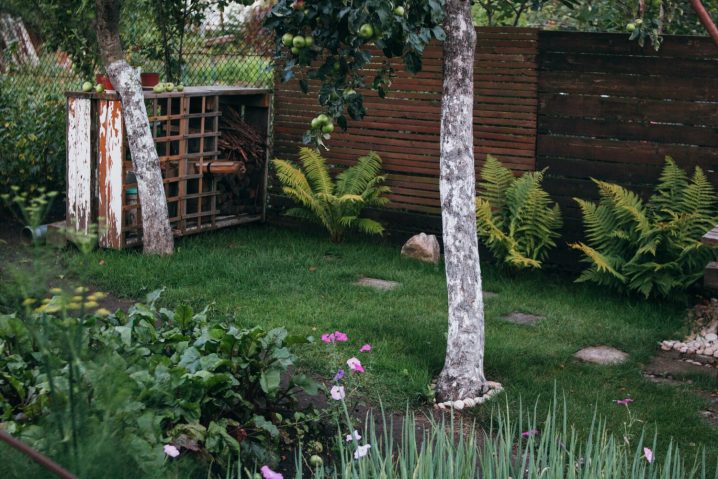Trees provide such beauty and benefits to a property. Few homeowners want to remove trees as much as possible. But the time can come when a tree is dangerous or diseased, and it needs to come down. If you have a problem tree on your property, below are some of the signs that a tree should be removed. Remember to rely on an experienced tree removal service, so the job is done safely.

Tree Removal Overview
Removing a tree is usually the last option when there is no way to safely and effectively manage the tree. Dead or dying trees can lead to thousands in damage to a yard and home, as well as personal injury liability.
Below are red flags to watch for indicating a tree could be in trouble and need removal.
Infection
Diseased trees will eventually show signs of infection. Look for cracks in the trunk, crown dieback, discolored or misshapen leaves, and fungi on the trunk that could indicate the tree is sick. A sick tree can recover, but you should have it checked by a professional to review your options.
Dead Branches At Top of Tree
This problem may be called widow-makers because large, dead limbs can fall and injure or even kill people below. If the tree is 50% or more damaged, you probably should have it cut down and removed. The risk is too high to leave it standing.
Tree Doesn’t Grow Well
Review the vigor and health of the tree compared to trees nearby. Discolored foliage, inadequate leaf cover, and weak or stunted growth are signs that the tree is struggling.
Root Defects
You might not see root problems quickly, but fungi and heaving soil at the base of the tree are worrisome signs of root disease.
Damaged Trunk
These suggest internal decay if you see splits, cracks, or big wounds in the trunk. Many people don’t know the tree can rot inside for years and still survive. Some trees can suffer decay from within and hang on for a few years. But the tree will inevitably fall.
Hollow Tree
A hollow trunk means the tree is seriously diseased. If ⅓ or more of the tree is hollow, it needs to be cut down.
Tree Is Leaning
A leaning tree is not always dangerous. But one that suddenly leans to either side could have dire structural problems. Have the tree evaluated by a professional before it falls and injures passersby.
Sprouts At Base of Tree
These are called epicormic shoots. They show the tree is under stress and should be checked by a professional.
Under Power Lines
A tree growing into overhead power lines is dangerous and may need immediate removal.
Tree Close To House
A tree hanging over your roof or too close to the neighbors could need to be trimmed or removed. Generally, big trees should be 20 feet or more from your home or large structure.
Summary
Dying or dead trees don’t need to be taken down in every case if they are situated in a forest or far from structures and people. These damaged trees can still support woodpeckers and many other types of wildlife. But if the tree is located near your home, it’s essential to have the tree checked by an arborist.
Some tree failures cannot be predicted. But many problems can be avoided by being proactive. Now is the best time to inspect your trees. If you see any signs of distress, call a professional because removing most trees is too hazardous for homeowners to handle.



